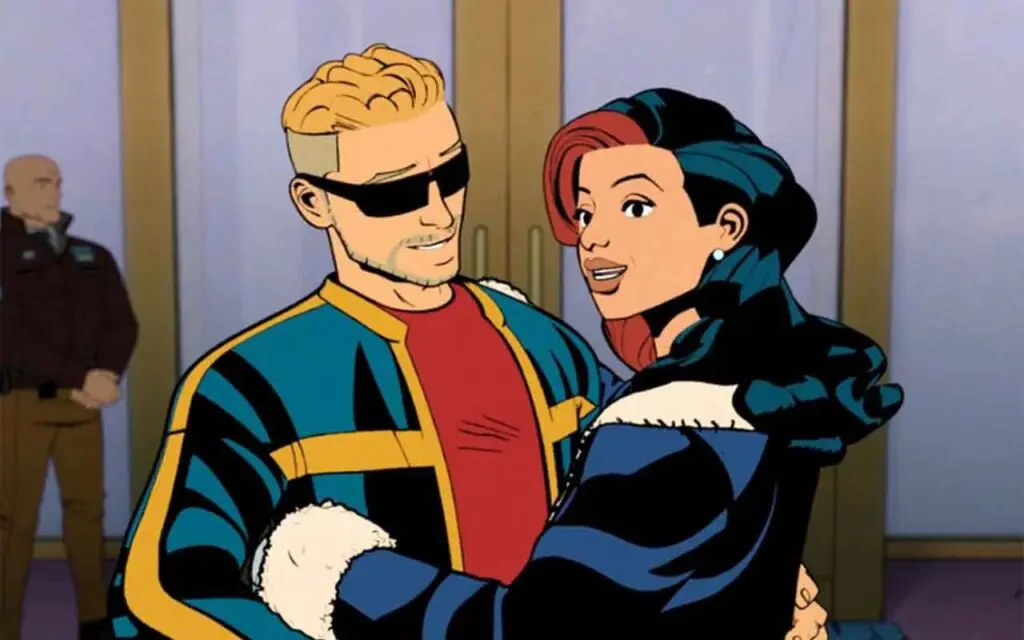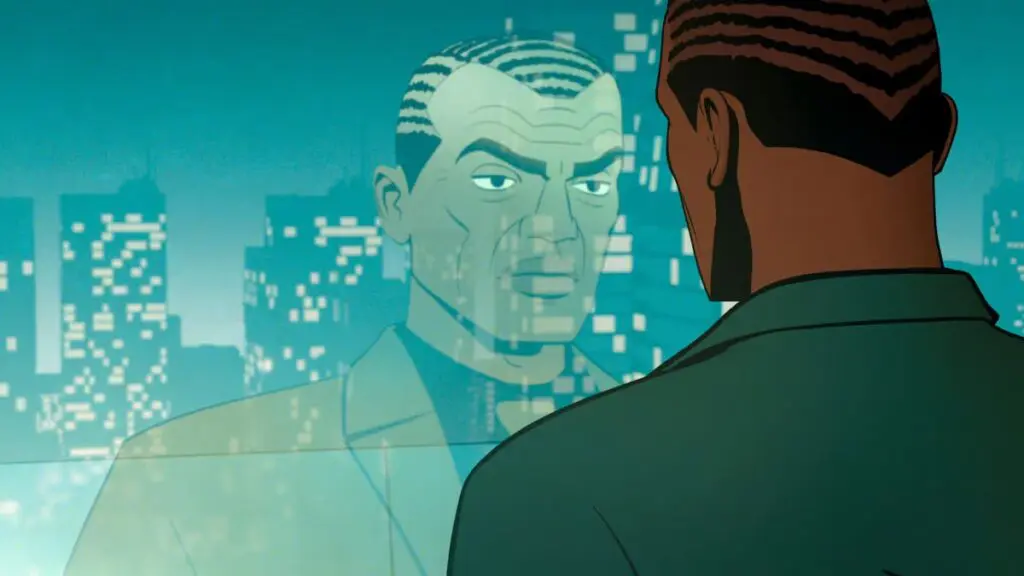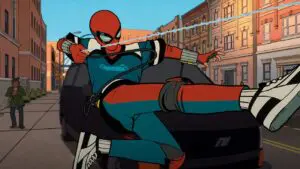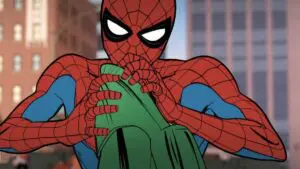Summary
Your Friendly Neighborhood Spider-Man really excels in Episodes 3, 4, and 5, showing great character development, fun action, and leaving plenty on the table for future developments.
It was obvious from the double-bill premiere that Your Friendly Neighborhood Spider-Man was a pretty good show, but Episodes 3, 4, & 5 really make it clear. “Secret Identity Crisis”, “Hitting the Big Time”, and “The Unicorn Unleashed” settle into a coherent Spider-Man story with surprisingly strong characterization, but one that also contains a menagerie of recognizable Spidey rogues and fits into the broader MCU in interesting, original ways.
It’s a bit like having your cake and eating it, in some respects, and it’s quite surprising that it works as well as it does given quite how much is going on, especially in terms of cameos and the like. But the core storylines are relatively simple to grasp and are developing well, so the worry that the cases of the week would overwhelm the more serialized storytelling was thankfully unfounded.
This trio of episodes only has two core overarching subplots: Lonnie’s gradual transition into the villain Tombstone, and Peter dealing with the fallout of his secret being discovered and coming into his own as Spider-Man with help from Norman and, later, Harry Osborne.
Lonnie Is a Victim of Circumstance
We’ll start with Lonnie, who I’d argue is the most interesting character in Your Friendly Neighborhood Spider-Man, which is surprising given he’s very much a B-league second-stringer in most Spidey stories. By focusing on his humanity first, his inexorable slide into crime has a lot more emotional resonance.
When he rushes home from school to find his younger brother has been dragged home by the police after tagging some property at the behest of a local gang, Lonnie tracks him down to the gang’s hideout and meets their leader, Big Don. To get his brother off the hook, Lonnie volunteers to join the gang himself and do whatever Big Don says, which includes repeatedly missing football practice, skipping class, and lying to Pearl.
Eventually, Lonnie is forced to get involved in a turf war and is rechristened Tombstone, which is a name he seems to like. But the fact he’s still fundamentally a decent guy means this descent into villainy isn’t going to be one-note and straightforward. He’s going to have a lot to grapple with, including his friendship with Peter, especially when Peter, as Spider-Man, inevitably has to step in to take him down.
Peter Gets a New Suit
When Norman Osborne revealed he knew Peter Parker’s secret identity, it was easy to assume that he was going to use the knowledge for nefarious purposes. But in Your Friendly Neighborhood Spider-Man Episode 3, he really does seem to be trying to help, and this persists through Episodes 4 & 5, even after Peter inadvertently reveals his identity to Harry, too.
Norman uses the extensive resources of Oscorp to create Peter several new suits, all of which get hastily field tested and turn out to not be fit for purpose until we eventually settle on a more familiar-looking design. He helps Peter take on random villains like Tarantula and Speed Demon, and he seems earnest in his desire to help Peter be the best hero he can be.
Even this version of Harry is a new but sincere-seeming spin on the character, a beloved social media-famous rich kid who is deeply lonely and seems to want, above all else, a real friend. It’s really hard to imagine how all this is going to shake out since both Osbornes are historically villains, but I believe that’s a good thing.

Tarantula and Speed Demon in Your Friendly Neighborhood Spider-Man | Image via Disney+
The MCU Connections Continue
Your Friendly Neighborhood Spider-Man Episodes 3, 4, and 5 all contain references to the MCU, and to one event in particular – the signing of the Sokovia Accords and the events of Captain America: Civil War. The Chitauri invasion of Manhattan also gets a mention.
This means that the show exists in a reality where almost everything happened in the way we’ve seen in Earth-616, with the obvious difference of Spider-Man not being present for any of it. But everything else seems to line up pretty much one-to-one, which allows the schoolkids to chew the fat over the Sokovia Accords and pick sides in the raging Iron Man versus Captain America debate.
This works to situate the events of this show in some kind of recognizable canon while also allowing us to ponder the ways in which this version of events might be different. So, I expect more MCU connections – and differences – to crop up here and there.
Cameos Galore
Amongst all this, Your Friendly Neighborhood Spider-Man continues to introduce familiar characters, either in fleeting side stories or burgeoning ongoing subplots. We’ve already mentioned Speed Demon and Tarantula, but also Mila Masaryk, a gender-swapped version of the Unicorn, and Mikhail Sytsevich, otherwise known as Rhino.
We also see that the man behind the sudden outpouring of high-tech kit in New York is Dr. Otto Octavius, aka Doc Ock, positioning him as a sort of ongoing Big Bad pulling the strings. Otto’s character arc is usually deeply intertwined with Norman Osborne, so it’ll be interesting to see if that persists here.
This is to say nothing of the fact that half of the supporting cast – Amadeus Cho, Nico Minoru, Pearl Pangan, and so on – are basically all heroes (or villains) in the comics. Even five episodes in the cast is so dense that the show could run for multiple seasons and build to some kind of mega-event. That’s a promising position to be in, especially when it’s doing it so naturalistically.
It was obvious Your Friendly Neighborhood Spider-Man was good, but it just might end up being great.
RELATED:




